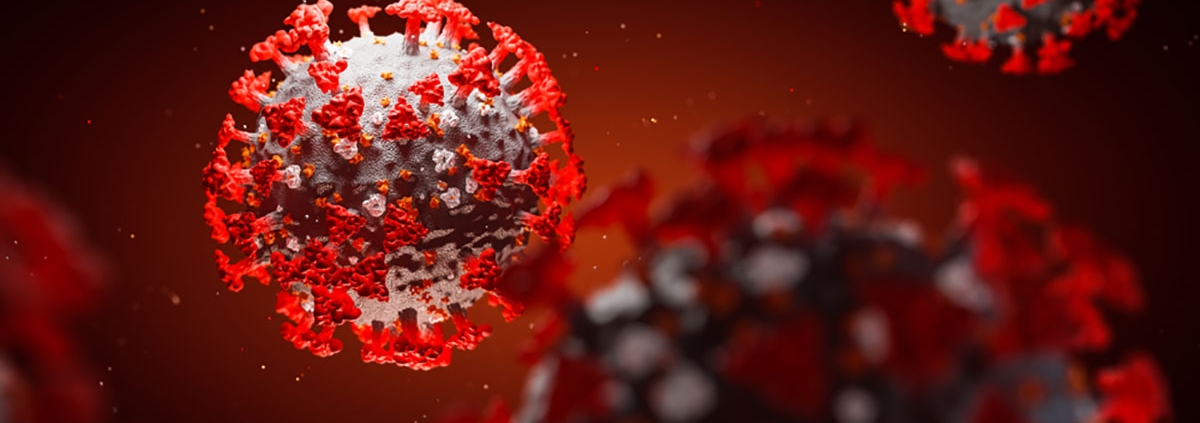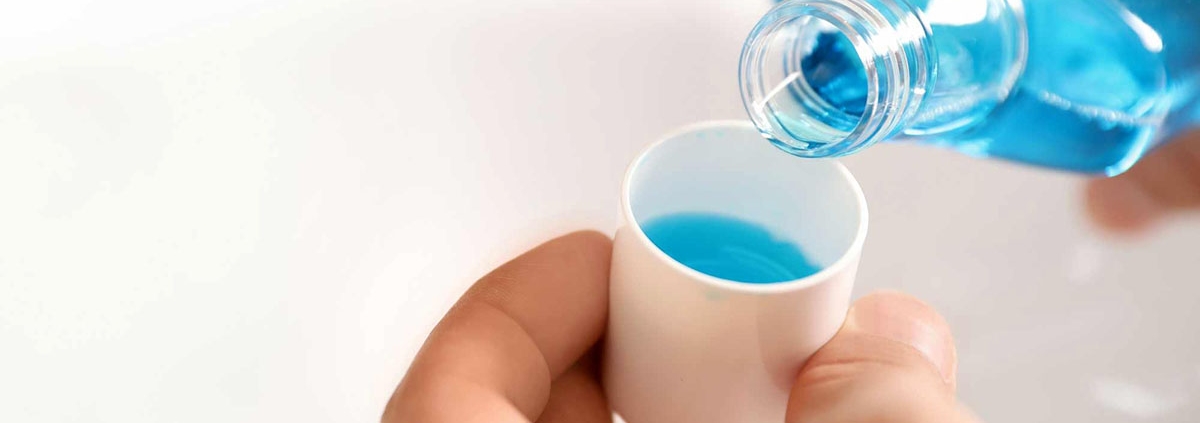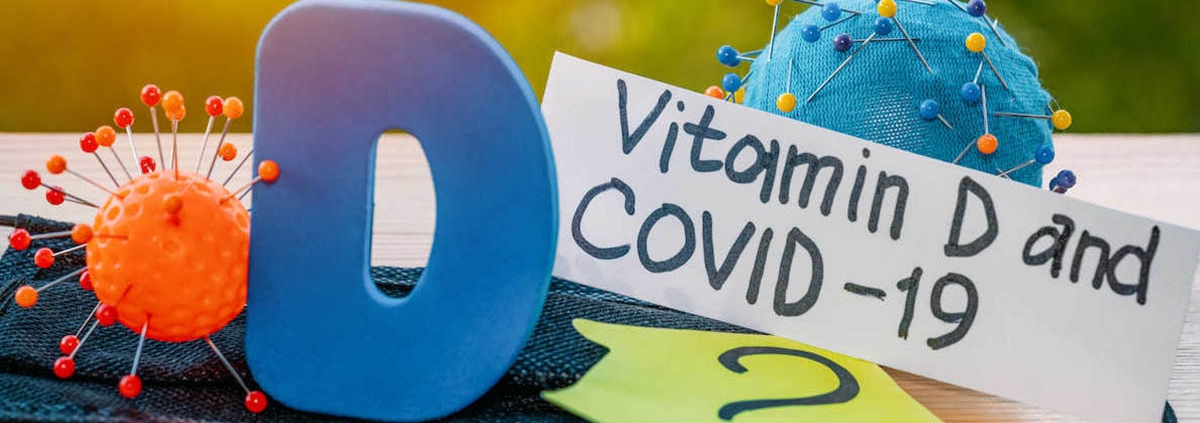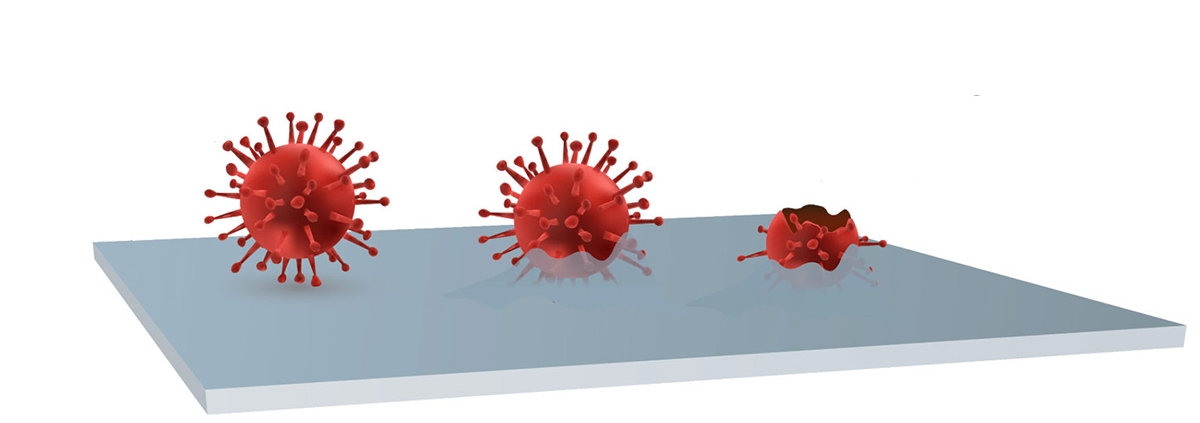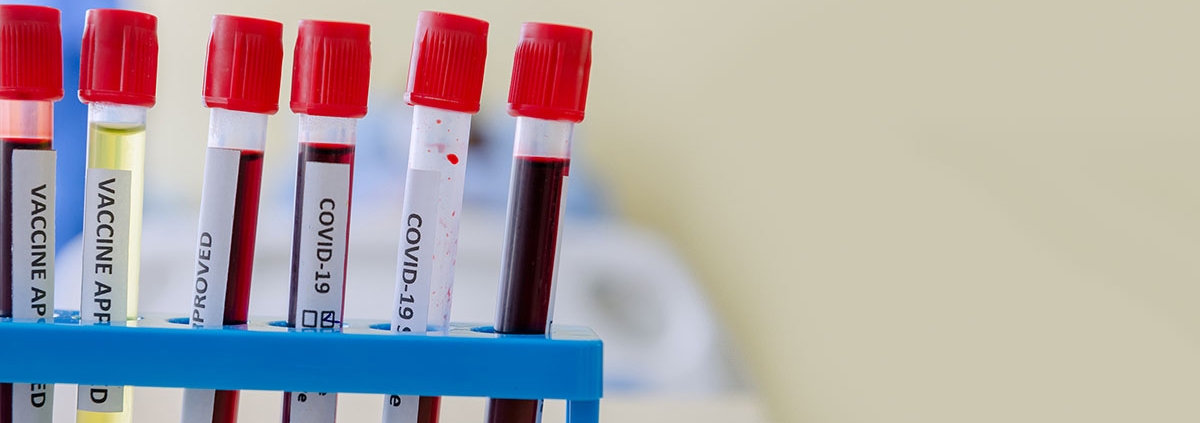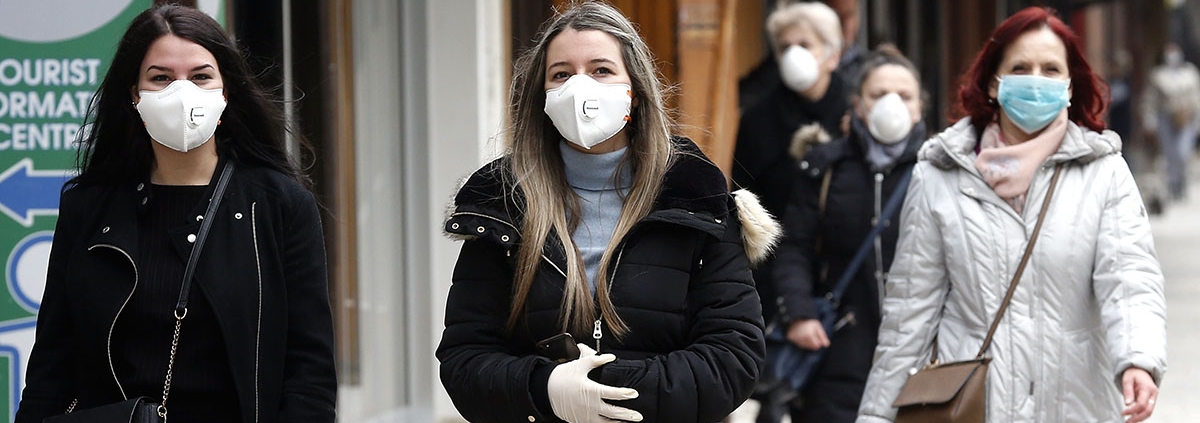Minimising delays to treatment could improve cancer survival rates, say researchers
People whose treatment for cancer is delayed by even one month have in many cases a 6 to 13% higher risk of dying – a risk that keeps rising the longer their treatment does not begin – suggests research published online in The BMJ.
These studies had data on surgical interventions, systemic therapy (such as chemotherapy), or radiotherapy for seven forms of cancer – bladder, breast, colon, rectum, lung, cervix, and head and neck – that together, represent 44% of all incident cancers globally.
Analysis of the results showed that across all three treatment approaches, a treatment delay of four weeks was associated with an increase in the risk of death.
For surgery, this was a 6-8% increase in the risk of death for every four-week treatment delay whereas the impact was even more marked for some radiotherapy and systemic indications, with a 9% and 13% increased risk of death for definitive head and neck radiotherapy and adjuvant (follow-up) systemic treatment for colorectal cancer, respectively.
Hanna concludes: “A four week delay in treatment is associated with an increase in mortality across all common forms of cancer treatment, with longer delays being increasingly detrimental.
“In light of these results, policies focused on minimising system level delays in cancer treatment initiation could improve population level survival outcomes.”
Release date: 4 November 2020
Source: BMJ

